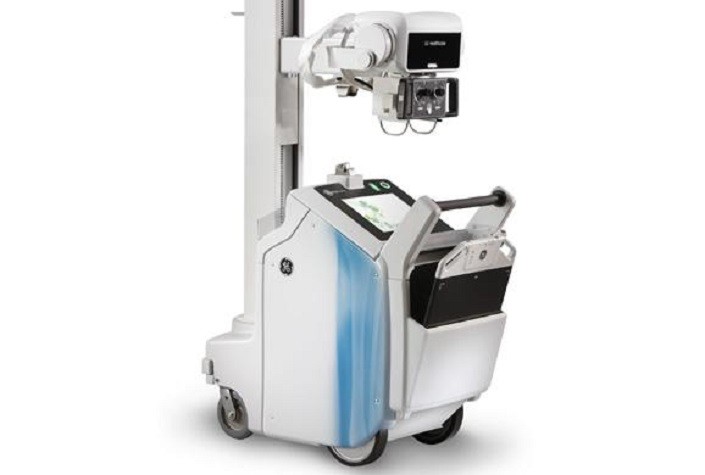Intracerebral implants make use of drug-impregnated polymers that allow controlled release of the drug at the desired site in the brain over an extended period of time.
Brain implants are neural implants that are used to stimulate the parts & structures of the nervous system. These implants are technical systems that communicate with the nervous system and help to enhance senses, physical movement, and memory after a stroke or other head injuries. Deep brain stimulation and spinal cord stimulation are used to treat depression, obsessive-compulsive disorder and epilepsy, among other neural disorders.
Download Sample PDF Brochure of Brain Implants
This includes sensory substitution , e.g. in vision . Brain implants involve creating interfaces between neural systems and computer chips , popularly called brain-machine interfaces .Other brain implants are used in animal experiments simply to record brain activity for scientific reasons. Some brain implants involve creating interfaces between neural systems and computer chips. This work is part of a wider research field called brain-computer interfaces. (Brain-computer interface research also includes technology such as EEG arrays that allow interface between mind and machine but do not require direct implantation of a device.)
Neural implants such as deep brain stimulation and Vagus nerve stimulation are increasingly becoming routine for patients with Parkinson's disease and clinical depression, respectively. Next-generation implants may someday treat diseases of the brain itself, particularly those of aging. Such ailments are increasingly common as people live longer but devilishly hard to treat. One day, brain implants might “patch over” areas damaged by stroke or neurodegenerative illnesses, allowing healthy parts of the brain to communicate.





No comments:
Post a Comment